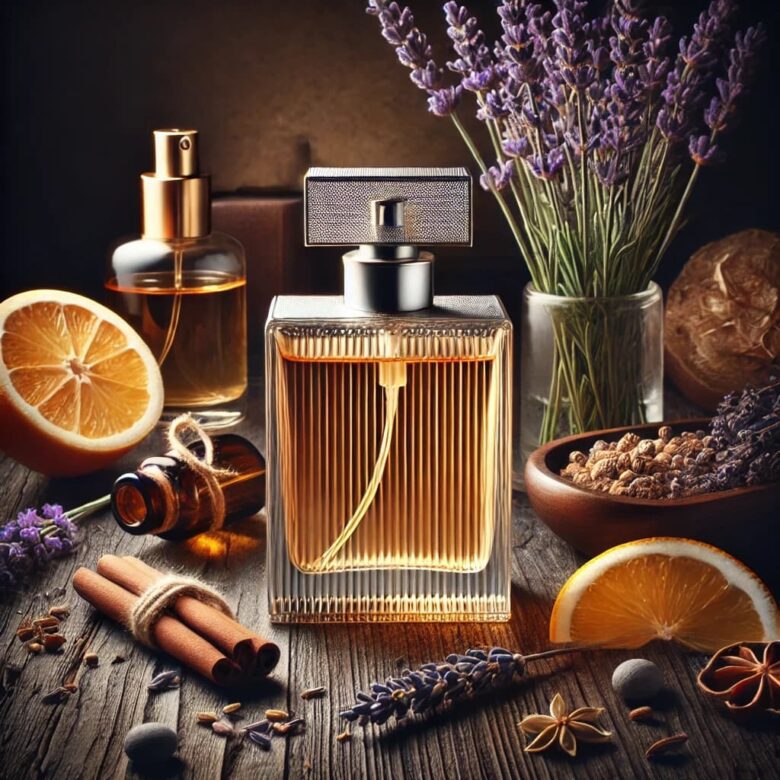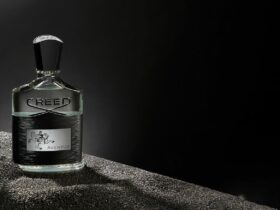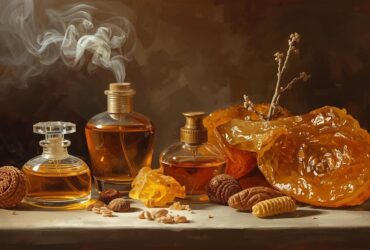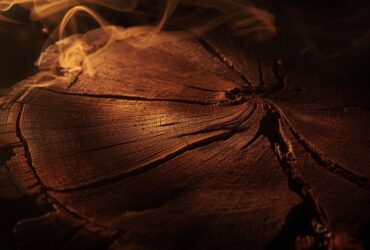Creating a custom perfume is an art that allows you to express your unique personality through scent. Instead of settling for mass-produced fragrances, you can craft a signature scent that is exclusively yours. This guide will take you through the intricate process of perfume customization, from selecting the right notes to blending them into a masterpiece.
Why Customize Your Own Perfume?
Customizing your own perfume provides a range of benefits, including:
- Uniqueness: No one else will have the same scent as you.
- Personal Expression: Fragrances evoke emotions and memories, allowing you to create a scent that resonates with your identity.
- Avoiding Allergies: Many commercial perfumes contain synthetic additives that cause skin irritation. A customized perfume ensures you use only skin-friendly ingredients.
- Perfect Scent Balance: You control the composition, ensuring your perfume is neither too strong nor too weak.
Understanding Fragrance Notes
A perfume is composed of three layers of scents, each playing a vital role in how the fragrance develops over time.
Top Notes
The top notes are the first scents you perceive when you apply the perfume. They are light, fresh, and evaporate quickly. Common top notes include:
- Citrus (lemon, bergamot, orange)
- Herbal (lavender, basil, mint)
- Fruity (apple, pear, berries)
Middle Notes (Heart Notes)
The middle notes emerge after the top notes fade. They define the perfume’s main character and linger for several hours. Common middle notes include:
- Floral (rose, jasmine, lily, ylang-ylang)
- Spicy (cinnamon, nutmeg, cardamom)
- Green (tea leaves, grass, violet leaves)
Base Notes
The base notes are the foundation of the perfume and provide depth and longevity. These scents last the longest and emerge after the perfume has dried down. Common base notes include:
- Woody (sandalwood, cedarwood, patchouli)
- Musky (musk, ambergris, vanilla)
- Earthy (oakmoss, vetiver, leather)
Choosing Your Perfume Ingredients
When selecting ingredients for your customized perfume, consider:
- Natural vs. Synthetic: Natural essential oils provide authenticity but can be expensive, while synthetic alternatives offer affordability and consistency.
- Scent Strength: Base notes should be stronger to ensure longevity.
- Personal Preference: Choose scents that resonate with your personality and lifestyle.
Tools and Materials for Creating Your Perfume
To create your perfume, you will need:
- Essential oils or fragrance oils
- Perfumer’s alcohol or carrier oil (jojoba, almond, or fractionated coconut oil)
- Glass dropper and measuring pipette
- Dark glass bottles for storage
- A notebook for recording formulas
Step-by-Step Guide to Creating Your Own Perfume
Step 1: Select Your Fragrance Notes
Choose one or two scents from each note category to create a well-balanced blend. A good starting ratio is:
- 30% top notes
- 50% middle notes
- 20% base notes
Step 2: Blend the Oils
Using a glass dropper, mix your selected essential oils in the chosen ratio. Start with the base notes, add middle notes, and finish with top notes. Allow the blend to sit for 24-48 hours to let the scents meld.
Step 3: Dilute the Fragrance
Once the oils have blended, add perfumer’s alcohol or a carrier oil to dilute the scent. The typical ratio is 20% fragrance oils and 80% alcohol or carrier oil.
Step 4: Let the Perfume Age
Aging allows the fragrance components to fully integrate. Store your perfume in a cool, dark place for at least two weeks for optimal scent development.
Step 5: Test and Adjust
Once the perfume has matured, test it on your skin. If necessary, tweak the formula by adding more top, middle, or base notes.
Tips for Creating the Perfect Custom Perfume
- Start Simple: If you are new to perfume-making, begin with three to four fragrance notes and expand as you gain experience.
- Test on Blotting Paper: Before applying to skin, test the fragrance on a paper strip to assess its scent evolution.
- Use High-Quality Ingredients: The better the quality of your oils, the richer and longer-lasting your perfume will be.
- Document Everything: Keep track of the quantities and ingredients used to recreate or modify your perfume in the future.
Storing Your Custom Perfume
Proper storage ensures your perfume lasts longer and retains its intended scent profile. Follow these guidelines:
- Use Dark Glass Bottles: Protects the perfume from UV light degradation.
- Keep in a Cool Place: Avoid heat exposure, as high temperatures alter the fragrance composition.
- Seal Tightly: Prevents evaporation and oxidation.
Creating a custom perfume is an exciting and rewarding experience that allows you to craft a scent that truly reflects your personality. By understanding fragrance notes, selecting high-quality ingredients, and following a structured blending process, you can design a unique and long-lasting fragrance tailored to your preferences.









Leave a Reply